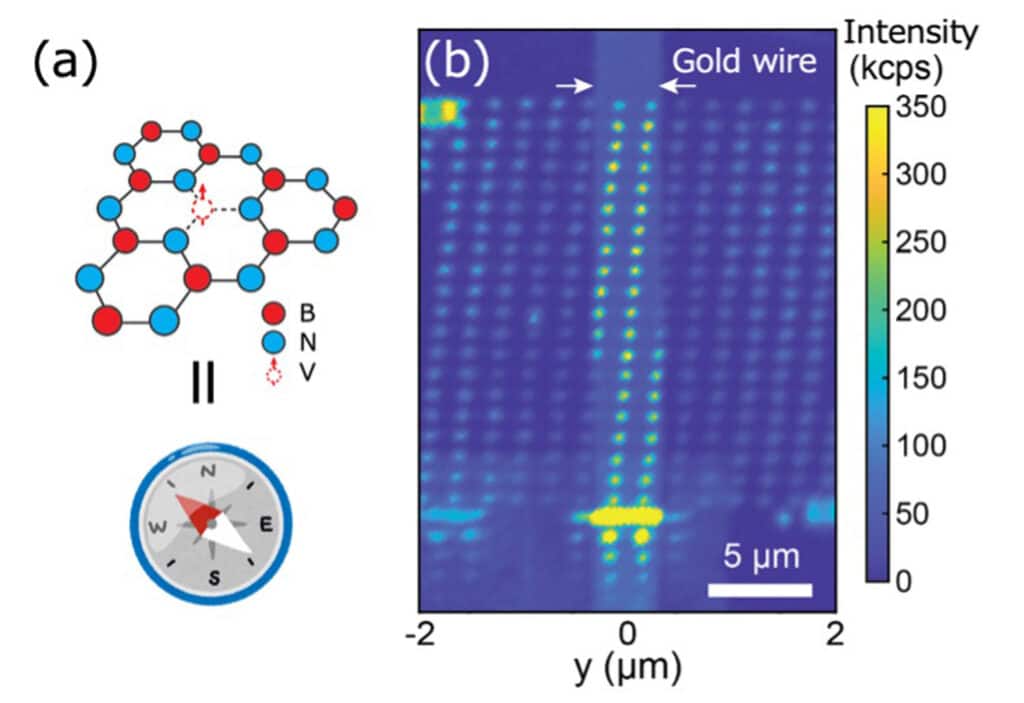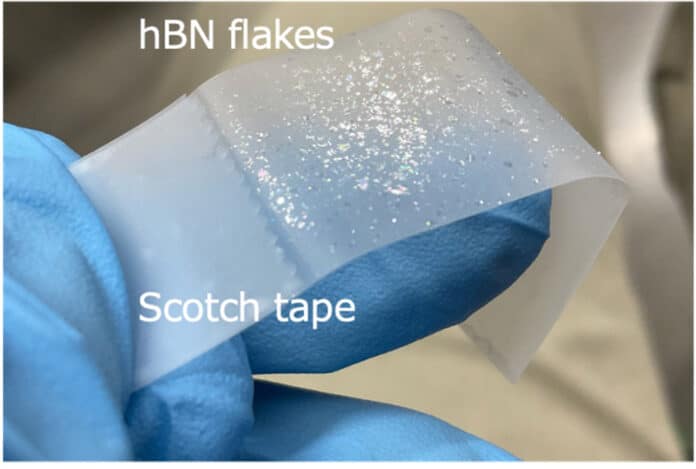Everyday objects like smoke alarms, garage lights, and even atoms are sensors. Quantum sensors use atomic characteristics to detect their surroundings. For instance, in reaction to a magnetic field, an atom modifies its spin, which has two possible values akin to a magnet’s poles. Superconductors and other quantum materials, as well as biomedical devices, can both benefit from the use of magnetic field sensors.
The delicate work of positioning quantum sensors at the nanoscale is completed by researchers from the University of Tokyo, enabling them to detect incredibly minute differences in magnetic fields.
The project aimed to create stable quantum sensors that could be put close to objects like discs and wires. To date, however, it has been difficult to precisely arrange atoms in a way that allows for the ability to detect minute fluctuations in the magnetic field.
Kento Sasaki, an Assistant Professor at the University of Tokyo, says, “Although individual quantum sensors are small, their spatial resolution is restricted by the distance between the sensor and the measurement target. To solve the problem, the researchers established a technique for creating nano-sized quantum sensors on the surface of the measurement target.”

The team used two-dimensional hexagonal boron nitride, a thin crystalline substance having nitrogen and boron atoms, as quantum sensors. Boron vacancies or lattice defects are found in this material. As a quantum spin sensor discovered in 2020, the boron vacancy defect is the new kid on the block.
The scientists removed the Scotch tape from the crystal to get a thin hexagonal boron nitride sheet. The thin layer was adhered to the target gold wire by the researchers. Then, they used a high-speed helium ion beam to blast the film, which caused boron atoms to escape and create the 100 nm2 boron vacancy patches. Numerous atom-sized vacancies that behave like tiny magnetic needles are present in each place. The sensors’ spatial resolution improves as the dots get closer to one another.
Based on the intensity of light emitted from the dots in the presence of microwaves, the team assessed the magnetic field at each place as the current flowed through the wire. The accuracy of the high-resolution quantum sensors, as demonstrated by the observed magnetic field values nearly matching the calculated values, astounds the researchers.
A current passing visualizes a magnetic field through a gold wire. This is the outcome of looking at each spot’s magnetic field data. The good match between the modeling and practical results demonstrates the viability of the quantum sensor nanoarray.
Sasaki said, “Scientists are now planning to apply this technique for research on condensed matter physics and quantum materials. It will enable direct detection of the magnetic field from, for example, peculiar states at edges of graphene and microscopic quantum dots.”
Beginning to revolutionize how humans see microscopic environments and hence comprehend macroscopic features are atom-sized quantum sensors. Their uses go beyond fundamental scientific inquiry. They can map subsurface ecosystems, picture human brains, precisely geolocate, and track geological movements and volcano eruptions. The prospective applications of Sasaki and his team’s nanoscale quantum sensors in semiconductors, magnetic materials, and superconductors are still being explored.
Journal Reference:
- ento Sasaki, Yuki Nakamura, Hao Gu, Moeta Tsukamoto, Shu Nakaharai, Takuya Iwasaki, Kenji Watanabe, Takashi Taniguchi, Shinichi Ogawa, Yukinori Morita, and Kensuke Kobayashi. Magnetic field imaging by hBN quantum sensor nanoarray. Applied Physics Letters. DOI: 10.1063/5.0147072
